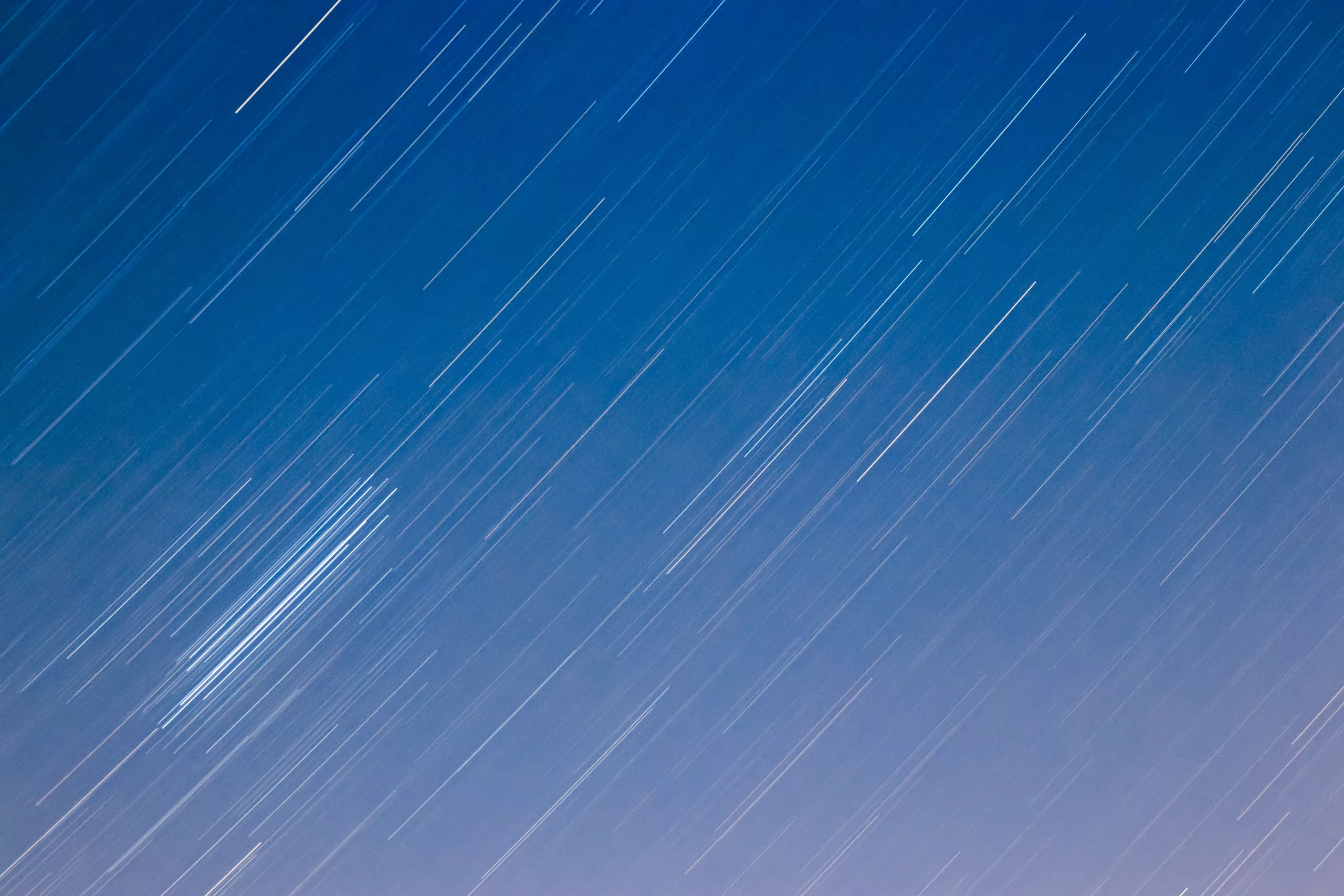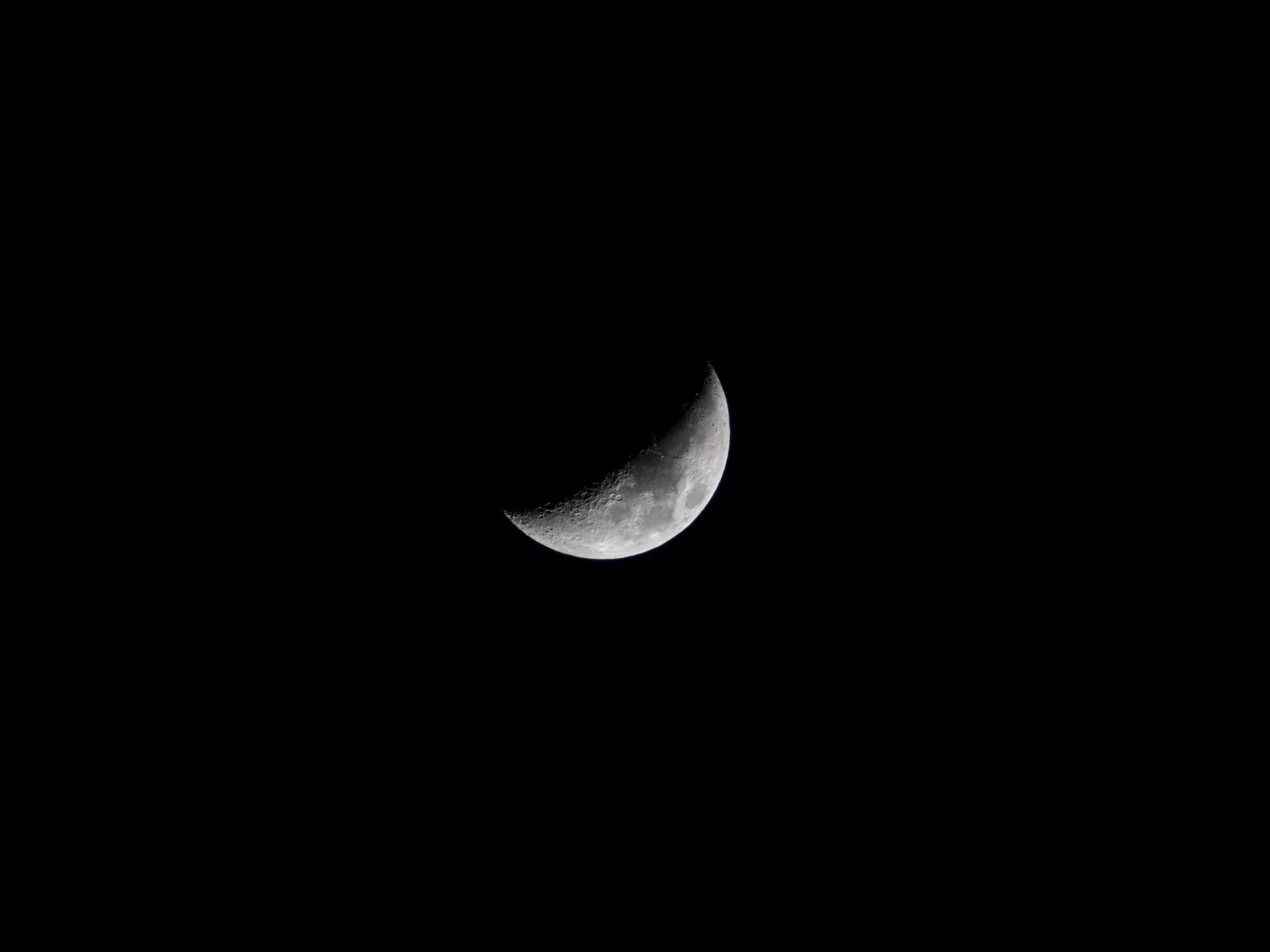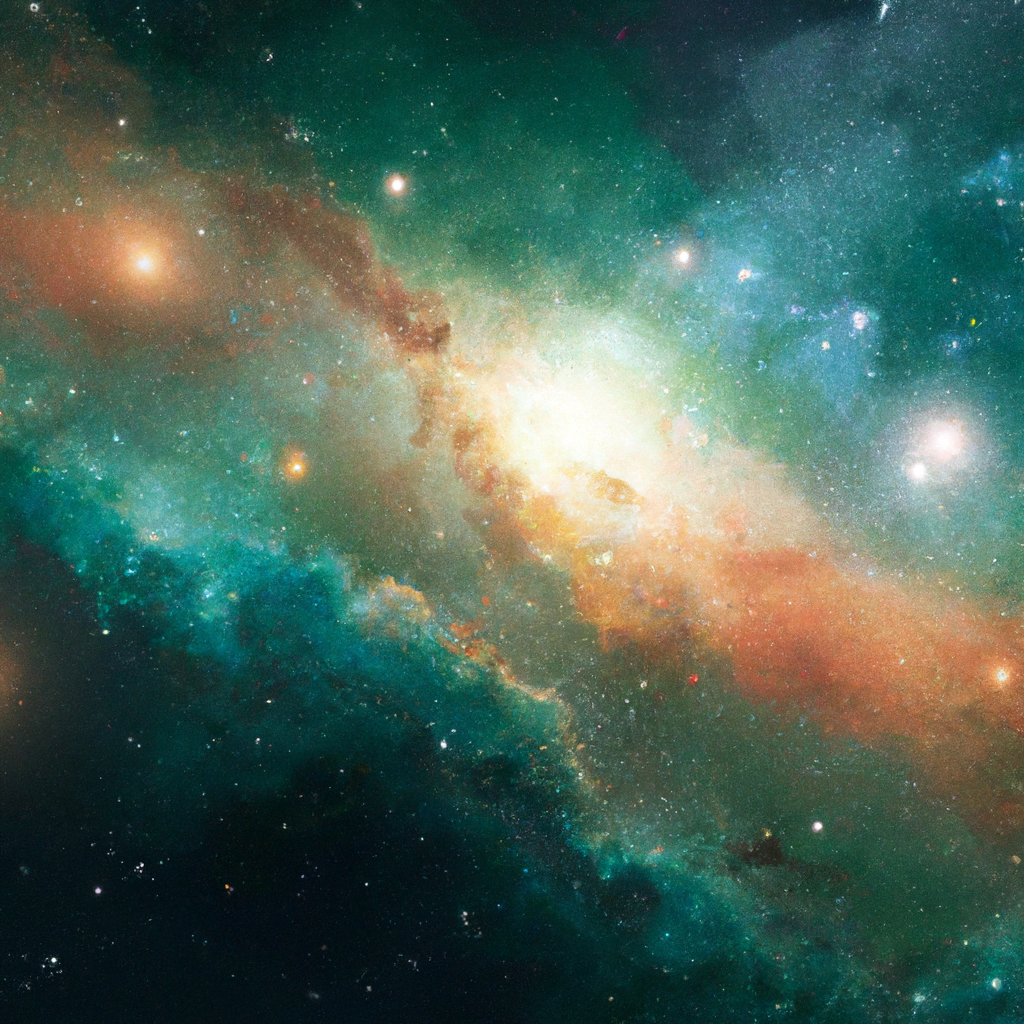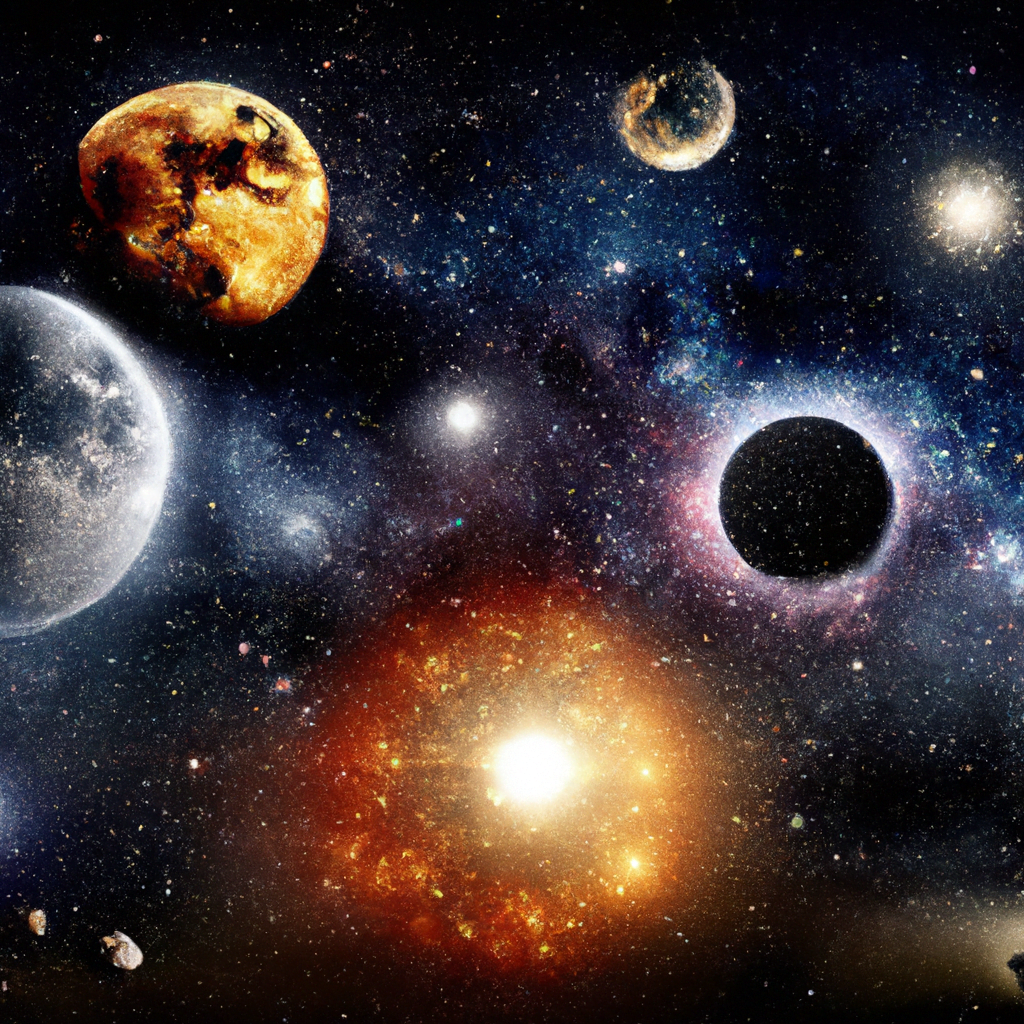As you gaze up at the night sky, you may find yourself wondering what celestial phenomena grace the heavens during each season. From dazzling meteor showers and vibrant lunar eclipses to the magnificent dance of the planets, the changing seasons offer a multitude of breathtaking events for you to witness. Here, we will explore the various celestial phenomena that captivate our attention throughout the year, filling our nights with awe and wonder. So, grab a warm blanket and prepare to be amazed as we embark on a journey through the enchanting cosmos.

Table of Contents
Winter
Winter Solstice
The winter solstice marks the shortest day and longest night of the year in the Northern Hemisphere. It occurs around December 21st and signifies the beginning of winter. On this day, the sun reaches its lowest point in the sky, resulting in fewer hours of daylight. It is a special time when nature takes its course, reminding us of the cycles of life. Many cultures celebrate the winter solstice with various traditions and rituals, highlighting the return of light and the promise of longer days to come.
Meteor Showers
Winter is a fantastic time to witness breathtaking meteor showers. These celestial events occur when Earth passes through trails of debris left by comets or asteroids. As the tiny fragments enter our atmosphere, they heat up and create streaks of light known as shooting stars. One of the most remarkable meteor showers during winter is the Geminids, which peaks around mid-December. With up to 120 meteors per hour, it promises an impressive show that should not be missed. Bundle up, grab a blanket, and find a dark spot away from city lights to fully enjoy the mesmerizing display.
Planetary Conjunctions
Winter nights are also perfect for spotting planetary conjunctions, when two or more planets appear close together in the night sky. These celestial dances offer a visual spectacle. Keep an eye out for conjunctions involving the bright planets like Venus, Mars, Jupiter, and Saturn. They can create stunning arrangements, where they seemingly align or form a triangle. Witnessing these planetary rendezvous gives an extraordinary sense of our place in the solar system and the interconnectedness of celestial bodies.
Orion Nebula
One of the most captivating sights in the winter sky is the Orion Nebula. Located in the constellation of Orion, this nebula is a stellar nursery where new stars are being born. With the naked eye, you can observe the nebula as a faint fuzzy patch, but with binoculars or a telescope, it reveals its true beauty. The glowing gases and dust clouds swirl together, creating a spectacle of color and sheer vastness. Take a moment on a crisp winter night to gaze at this cosmic wonder and be reminded of the immense beauty that lies beyond our planet.
Spring
Vernal Equinox
The vernal equinox, occurring around March 21st, marks the transition from winter to spring in the Northern Hemisphere. On this day, the sun crosses the celestial equator, resulting in equal duration of day and night. It signifies the renewal of life, as nature awakens from its winter slumber. The vernal equinox is a perfect time to appreciate harmony and balance, both in the heavens and on Earth.
Lunar Eclipse
During spring, keep an eye out for lunar eclipses, which occur when Earth casts its shadow onto the moon. This celestial event can be a splendid spectacle, transforming the moon into a deep red hue. As the Earth’s atmosphere bends sunlight, it gently illuminates the lunar surface during the eclipse, creating an ethereal glow. Grab a chair, prepare a warm drink, and witness this mysterious phenomenon during a clear spring night.
Milky Way
The spring season brings with it clearer and longer nights, providing an ideal opportunity to observe the grandeur of our own galaxy, the Milky Way. If you find yourself away from light pollution in a dark location, look up on a crisp spring evening, and you will be rewarded with a breathtaking sight. The Milky Way stretches across the sky as a dense band of stars, dust, and gas, reminding us of the vastness and beauty of the universe we inhabit. Take a moment to contemplate your place in this cosmic expanse and let the Milky Way inspire awe and wonder.
Globular Clusters
Spring showers not only bring May flowers but also fantastic celestial sights known as globular clusters. These clusters are ancient collections of stars that orbit our galaxy. With their tightly packed formations, they create stunning visual treats for stargazers. One of the most famous globular clusters is Messier 13 in the constellation Hercules. Through a telescope, you can see thousands of individual stars tightly knit together, forming a dazzling spherical shape. Take advantage of the clear spring nights to explore these stellar communities and unravel the mysteries of the cosmos.

Summer
Summer Solstice
The summer solstice, occurring around June 21st, is a special time when the sun reaches its highest point in the sky, resulting in the longest day and shortest night of the year in the Northern Hemisphere. It marks the official beginning of summer, bringing warmth and longer daylight hours. Embrace the summer solstice as a time of joy and celebration, appreciating the bountiful energy of the sun and the vibrant life that thrives during this season.
Perseid Meteor Shower
One of the most popular meteor showers of the year, the Perseids, graces the summer night sky. Peaking in mid-August, this stunning display is caused by the debris left behind by Comet Swift-Tuttle. The Perseids are known for their fast and bright meteors, leaving trails of light as they streak across the atmosphere. Find a comfortable spot under a clear summer sky, lay back, and let the beauty of nature’s fireworks awe and inspire you.
Scorpius Constellation
During summer nights, keep an eye out for the Scorpius constellation. Resembling a scorpion, this constellation is one of the most recognizable in the summer sky. Its bright stars and distinctive shape make it easy to spot, even in areas with some light pollution. Allow your imagination to wander as you connect the celestial dots, picturing the mighty scorpion battling against the vastness of space.
Saturn’s Rings
Summer nights present an excellent opportunity to observe the majestic rings of Saturn, the crown jewel of our solar system. Through a telescope, you can marvel at this iconic sight, seeing the delicate, intricate rings encircling the gas giant. Witnessing Saturn’s rings is a humbling experience, reminding us of the wonders and mysteries that lie beyond our own planet. Though the rings are just an illusion created by countless particles, they serve as a reminder of the beauty and complexity of the cosmos.

Autumn
Autumnal Equinox
The autumnal equinox, occurring around September 21st, welcomes the transition from summer to autumn in the Northern Hemisphere. On this day, the sun once again crosses the celestial equator, resulting in equal durations of day and night. Autumn brings a sense of change and transition, as the world around us prepares for the colder months ahead. Take a moment during the autumnal equinox to reflect on the passing seasons and embrace the beauty of change.
Auroras
One of nature’s most breathtaking displays, the auroras, become more prominent during autumn. Auroras occur when charged particles from the sun collide with atoms in Earth’s atmosphere, creating dazzling displays of light. In the Northern Hemisphere, this phenomenon is called the Northern Lights or Aurora Borealis. Find yourself in a dark location with clear skies during an autumn night, and you may be fortunate enough to witness the dancing ribbons of colored light that illuminate the sky, leaving you in awe of the wonders of our planet and the cosmos.
Andromeda Galaxy
The autumn sky offers an opportunity to observe our neighboring galaxy, the Andromeda Galaxy. Located about 2.5 million light-years away, it is the closest spiral galaxy to our Milky Way. Through a pair of binoculars or a telescope, you can see a faint smudge in the night sky. This smudge represents billions of stars, gas, and dust swirling together in a cosmic dance. Take a moment to ponder the vastness of the universe as you observe the Andromeda Galaxy, a reminder that there is so much more beyond our own galaxy.
Pleiades Star Cluster
One of the most captivating star clusters in the night sky is the Pleiades, also known as the Seven Sisters. Located in the constellation of Taurus, this cluster consists of several hundred stars born from the same cosmic cloud. With the naked eye, you can observe a beautiful grouping of stars, resembling a tiny dipper. Through binoculars or a telescope, the Pleiades transform into a sparkling jewel box, revealing even more individual stars. Take a moment during the autumn nights to appreciate the beauty and intricacy of this stellar family.

Throughout the Year
Moon Phases
Regardless of the season, observing the different phases of the moon can be a captivating experience. As Earth’s natural satellite orbits around us, it presents itself in various forms, from a slender crescent to a full and bright circle. Watching the moon wax and wane throughout the month allows us to appreciate the ever-changing nature of our universe. Whether you enjoy a serene twilight walk under a crescent moon or marvel at the full moon’s brightness, the moon phases offer a consistent celestial phenomenon to observe throughout the year.
Zodiac Constellations
The zodiac constellations accompany us throughout the year, representing the sun’s apparent path in the sky as Earth orbits around it. From Aries to Pisces, each zodiac constellation has its own unique story and significance. As the seasons change, so too do the zodiac constellations visible in the night sky. Take a celestial journey and familiarize yourself with the zodiac signs, connecting with ancient myths and exploring the rich tapestry of human imagination and interpretation of the celestial realm.
Visible Planets
Various planets grace the night sky throughout the year, offering opportunities for observation and wonder. From the brilliant Venus to the majestic Jupiter, these neighboring worlds can be visible with the naked eye or enhanced with binoculars or a telescope. Planets appear as bright points of light, contrasting against the backdrop of stars and celestial objects. Look up at the right time, and you might catch a glimpse of a planet sharing its beauty with our earthly home, reminding us of the vastness and diversity of our cosmic neighborhood.
Solar Flares
Solar flares, eruptions of intense energy from the sun, are a constant reminder of its immense power and activity. Despite being invisible to the naked eye, solar flares can have incredible effects on our planet, from disrupting communication systems to creating stunning auroras. Scientists closely monitor the sun’s activity, and observing solar flares can help deepen our understanding of stellar phenomena. Though they may occur at any time, remaining vigilant throughout the year can provide opportunities to witness the sun’s magnificent displays and appreciate its enduring influence on our lives.
In conclusion, each season brings its own celestial phenomena, offering glimpses into the boundless beauty and grandeur of the universe. Whether it’s the winter solstice marking the beginning of winter or the auroras painting the autumn sky, take the time to observe and appreciate these celestial marvels. Look up, let the wonders of the night sky envelop you, and allow yourself to feel connected to the vastness of the cosmos. Remember, the universe is ever-changing, just as the seasons, and each shift brings new and awe-inspiring experiences to cherish. Happy stargazing, and may the celestial wonders continue to fill you with wonder and curiosity throughout the year.

